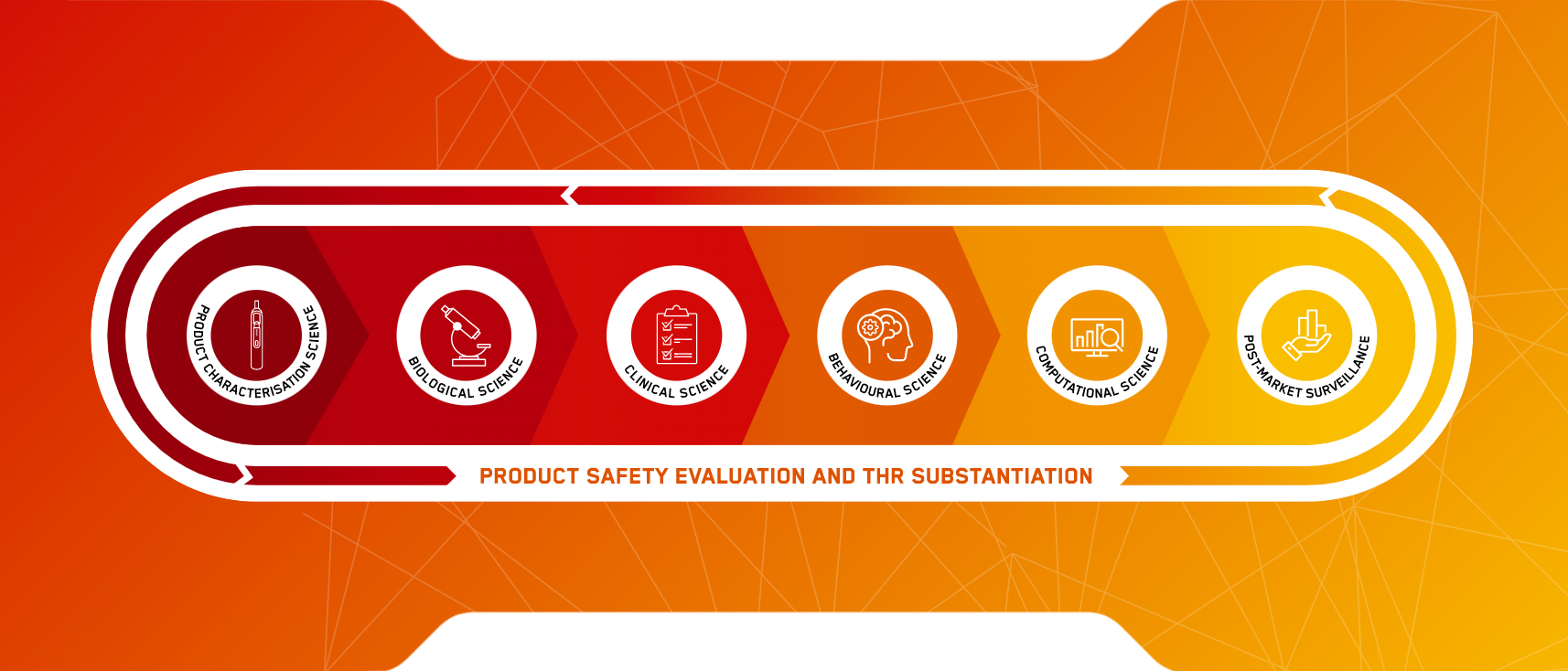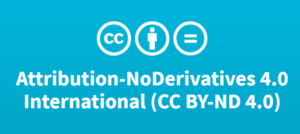//Exploring the SAF: Biological Science
Posted 15/03/2023 12:13pm
In this new series, we speak to Imperial scientists working in specific areas of our Scientific Assessment Framework, or SAF. Watch the video below or read on for a QA with Matt Stevenson, who heads up our Biological Science team.
Please introduce yourself. What’s your name and your current role at Imperial Brands?
Hello, my name’s Matt Stevenson. I’ve been with Imperial for over 13 years in various toxicology roles. I’m currently Investigative & Mechanistic Toxicology Senior Manager.
What’s your scientific background?
I studied Biochemistry at university and went on to do my Masters in Toxicology. Following graduation I worked for the National Health Service in the Poisons Information Service, before joining Imperial.
What’s our Scientific Assessment Framework (SAF), and why is it so crucial?
The SAF is a blueprint of tests across many different scientific disciplines to collect information and assess the harm reduction potential of our Next Generation Product (NGP) portfolio compared to combustible cigarettes.
Why is biological science an important part of the SAF?
Biological research provides the first early indication as to how our products might impact consumers. Using cells and tissues – from humans where possible – we’re able to assess the biological effects of our NGP compared to combustible cigarettes in a swift, efficient manner. Our ambition is to provide positive evidence of their reduced risk profiles and tobacco harm reduction (THR) potential prior to moving to clinical (human) studies.
Can you explain a bit more about our corporate position on cigarette smoking?
Imperial’s corporate position is that smoking is a cause of serious diseases in smokers, including lung cancer, heart disease and emphysema. We believe governments and public health authorities around the world should provide clear and consistent messages about the health risks of smoking.
Adults should be guided by those messages when deciding whether to smoke – and youth should never smoke.
Why is it important to compare our NGP to combustible cigarettes?
We compare the biological responses of our NGP to combustible cigarettes to understand their harm reduction potential. For a NGP to be considered as having THR potential, there needs to be a reduction in their respective biological effect (i.e. on tissues or cells), relative to the cigarette comparator.
Can you provide a few examples of the kind of in-vitro studies do we perform? What kind of results have we seen?
We published a study in a scientific journal, where we took an in-vitro 3D human lung model and repeatedly exposed it to cigarette smoke as well as e-cigarette vapour over a 28-day period. Cigarette smoke caused a significant disruption in multiple cellular markers, while the vape caused no significant disruption. Also, we published our first piece of research on Tobacco Free Nicotine pouches, and using in-house cell-based methods showed that these products had no DNA damaging effects – in contrast to the combustible cigarette comparator.
Recently, we’ve also had a scientific paper published focusing on Pulze & iD, our heated tobacco system. We assessed its effect on lung cells, and observed marked reductions in toxicity compared to a combustible cigarette.
What’s cell toxicity, and how is it relevant to substantiating our NGP as harm reduced?
We use cells and tissues to measure the effects of smoke or aerosols on the cellular processes, which may give rise to diseases if disrupted. As certain diseases take decades to develop in humans, this in-vitro approach allows us to rapidly model if they’re likely to occur following exposure to our products.
What’s TT21C, and how does it relative to our alternatives to animal testing approach?
Toxicity Testing in the 21st Century (TT21C) is a landmark report from the US National Academy of Sciences, which advocates replacing traditional animal testing with in-vitro models prioritising human cells. By looking at human cells and cell systems, these innovative methods can provide more human-relevant data, especially when combined with and verified by relevant clinical studies. (Discover more here.)
In the spirit of the TT21C report, we have our own research programme titled “Alternatives to animal testing”, where we are researching scientifically and regulatory acceptable techniques to determine the harm reduction potential of our portfolio of NGPs compared to combustible cigarettes, without a reliance on animal testing.
What are the most interesting or exciting elements about your team’s role in the business?
I personally love how quickly we’re able to generate meaningful data in my area of the SAF. I also enjoy exploring and using cutting-edge, non-animal techniques.
I also get to learn every day about various new techniques or new disease/cellular processes.
Recently we’ve also been looking at comparing our NGP to combustible cigarettes in ways beyond potential tobacco harm reduction.
Sounds interesting. Can you explain more?
Our consumer insights suggest adult smokers don’t just expect NGP to be potentially harm reduced, but they’re also curious about the impact on their lifestyles.
So, we decided to conduct a study comparing the teeth staining potential of our NGP portfolio to combustible cigarettes – and the results were really encouraging. Cigarette smoke clearly stains teeth, whereas NGP are responsible for limited to no staining.
Through novel research like this, we see fresh opportunities to help make a meaningful contribution to potential harm reduction by increasing adult smoker acceptance of NGP, boosting switch rates and making a positive impact on wider public health.
Another interesting finding from this study was our discovery that nicotine wasn’t driving the staining potential of either NGP or combustible cigarettes. Again, this is quite a critical finding; for decades the myth has endured that it’s nicotine which stains teeth – so it was great to debunk that!
What’s your opinion on the importance of collaboration and transparency with the wider scientific community?
It’s paramount. We can have the world’s best science, but if it’s not reproducible and it’s not open for review there’s little point to it. People need to trust our results, and they need to trust our products and we feel that publishing and presenting our scientific findings at external conferences represents the best chance of achieving.
Why?
It affords that critical assessment of our data, meaning people can form their own opinions about our science and our products.
What are the biggest challenges in your role?
Animal testing has been a key part of toxicological research for decades, so there are many scientists and regulators that are still reluctant to consider non-animal testing methods and their results. Winning these parties over continues to be a challenge, albeit an invigorating one.
Secondly, I work in a controversial industry. There’s a lot of myths and perceptions around the tobacco industry, and these can often hinder our attempts to communicate the potential harm reduction qualities of NGP.
For this reason, we’re committed to being fully transparent, to ensuring the highest rigour and standards in our testing, and making our data widely available so everybody can access our results and form their own opinions.
What does making a meaningful contribution to THR mean to you?
Personally, I think ‘meaningful’ means communicating our data about our NGP to the broadest audience possible, including regulators, public health, bodies, and – perhaps most critically of all – our adult smoker consumers to help engender genuine change.
Are you excited about the future at Imperial?
Imperial has changed dramatically in the time I’ve been here; in the last two years that change has been even more dramatic. We’re refocusing where we’re investing our energy and resources, and looking towards science and innovation to develop the next generation of potential harm reduction products – so it’s a great time to be in the business. At the same time, we’re building a new culture and mindset and that’s also exciting to see and be a part of.
Finally, it’s fantastic to be a part of our THR agenda and personally contribute to our various NGP datasets; if my research can in some way help an adult smoker consumer make the right decision for them, that’s incredibly motivating for me.

You are free to share this content with credit to Imperial Brands under a Creative Commons Attribution-NoDerivatives 4.0 International (CC BY-ND 4.0) license.

